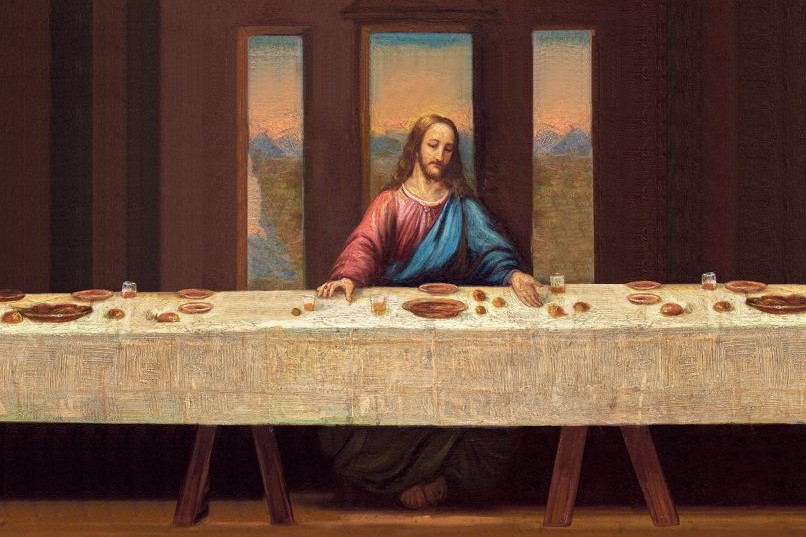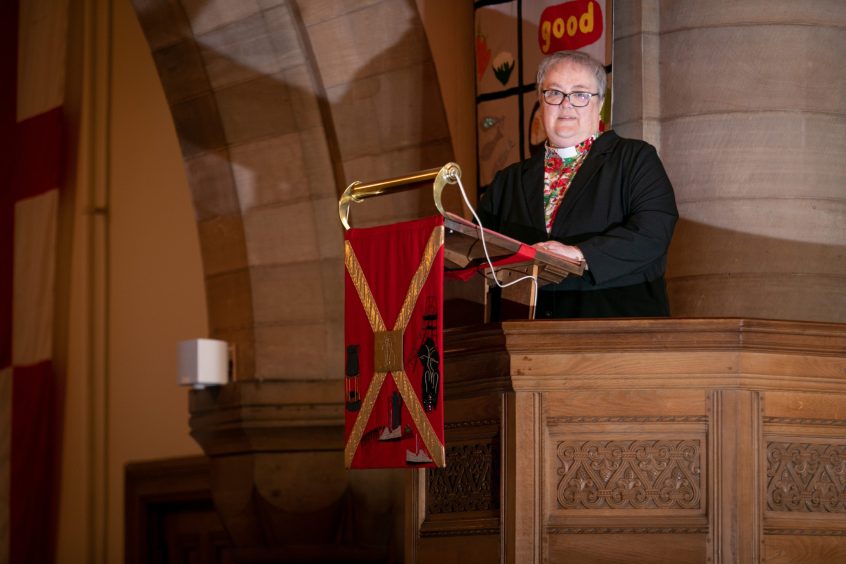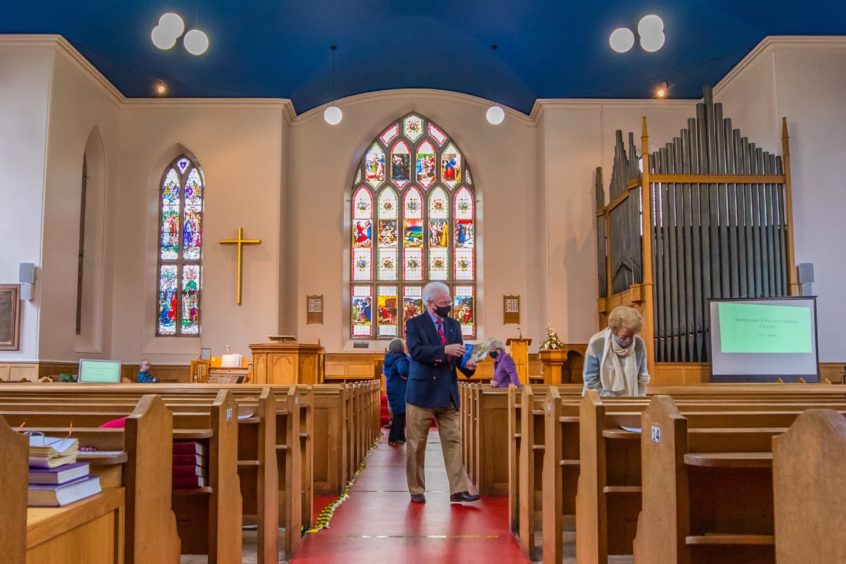
Church of Scotland membership is on track to be wiped out completely by 2042, according to exclusive new analysis.
Meanwhile, attendance at weekly mass in Catholic churches would reach zero just three years later if the current rate of decline continues.
We tracked the current decline using Church of Scotland membership from 2018 to 2022 and then used an algorithm to work out how long it would take for numbers to dwindle out completely if things stay as they are.
A similar method was used to estimate future mass attendance using the Catholic Church’s own annual census figures between 2019 and 2023. The year 2021 was omitted as numbers fell dramatically during Covid restrictions.
The stark warning comes as local churches across Scotland are forced to close their doors as part of major cuts to address falling congregation numbers.
Church of Scotland membership dropped to 270,300 last year – down from a peak of 1.3 million in the late 1950s. The average age of those attending church is now 62.
Methil church hopes to buck the trend
Rev Gillian Paterson leads Wellesley Parish Church in Methil, Fife.
The church in the town she grew up in is now a furniture store and she is fighting to make sure her own congregation does not face a similar fate.
The church recently opened the Wellesley Centre, a modern multi-use facility that hosts a range of services supporting the local community.
It is vital because Wellesley is considered a priority area congregation – a parish which sits within the 5% most deprived rankings in the Scottish Index of Multiple Deprivation.
A crucial role to play
Rev Paterson describes herself as an eternal optimist and hopes the fall in membership across Scotland is nearing a plateau and could even grow before the end of the decade.
But she also worries about the impact on local people, of all religions and none, if churches disappear from Scottish life.
Rev Paterson said: “A parish church has a vital role to play because we’re there for the key moments in life – the births, marriages and deaths.
“We have a crucial role in supporting people and if that disappears, I worry not just about elderly people but all generations.
“I do a huge amount of pastoral bereavement work here.
“There is a big suicide rate in Methil so children are losing parents to all sorts of issues, including drugs and alcohol.
“I worry about what would happen if the church wasn’t there for them.”
Rev Paterson believes a change in society has been the biggest driver of declining membership.
Although Wellesley has a relatively healthy weekly attendance, she says the days of every family in a community coming together at 11am on a Sunday are gone.
Closures are ‘painful’
Initiatives such as the forest church programme, where members of the congregation meet outside, or local youth clubs and outreach work have proven popular but do not always result in higher attendance on a Sunday.
Paterson fears many people will only realise the true extent of the closures across the country, and the impact on communities, when it is too late.
She said: “People will turn to us in a crisis because they need to know somebody cares for them but they won’t necessarily come on a Sunday.
“There is so much change going on at the moment.
“We’ve had to accept that there’s not the income there to pay for the amount of churches and ministries that there used to be.
“We’re going through this huge presbytery planning exercise, which is having a big effect on a lot of congregations; buildings closing that people love. It’s painful”.
‘We must do more’
Rev David Cameron, convener of the Assembly Trustees of the Church of Scotland, acknowledged the past few years have been challenging.
But he said congregations continue to make a positive impact in their communities.
He said: “We recognise that we must do more to give the nation and the people of God something to believe in.
“The Church has become too used to not taking risks and for far too long we’ve let secular society prevent us from doing what God called the Church to do and to be.”
Cameron believes the Church must now embrace a fresh approach.
He said: “The gospel message of Jesus Christ never changes but the way we share it must if we are to cultivate a thriving alternative future.
“We must imagine planting new church communities where they’ve always been needed, breaking out of our constrained systems to do so.
“We cannot allow ourselves to be imprisoned by the past, when risks are not taken and uncharted territory left unexplored.”
Is Covid to blame?
Some churches have blamed the government’s handling of the Covid pandemic for a significant drop in membership and attendance in recent years.
Restrictions on meeting in large numbers saw attendance at weekly mass drop to a record low of an estimated 75,000 in Scotland in 2021.
That number increased to 110,000 last year but is still well below the 130,000 recorded in 2019 or 180,000 in 2010.
Peter Kearney, spokesman for the Catholic Church in Scotland, said the long-term trend of declining weekly attendance for mass does not seem to have been significantly affected by Covid.
“The drop in attendance during the pandemic, when churches were forced to close or dramatically restrict attendance, appears to have been reversed and figures seem to be back at pre-pandemic levels,” he said.
“The number of Catholics going to church every week is however lower than it was 10 years ago, with the decline more attributable to the wider secularisation of society and the privatisation of faith, with increasing numbers categorised as ‘believing but not attending’.
“These trends mirror public attitudes and participation levels in other fields.”
He said voter turnout at elections has fallen but voters continue to support the principal of representative democracy.
“Separately, church baptism statistics are largely unchanged over recent years while marriage statistics are little changed, suggesting significant life events are still seen as part of a faith journey, even though weekly participation isn’t,” he said.





Conversation